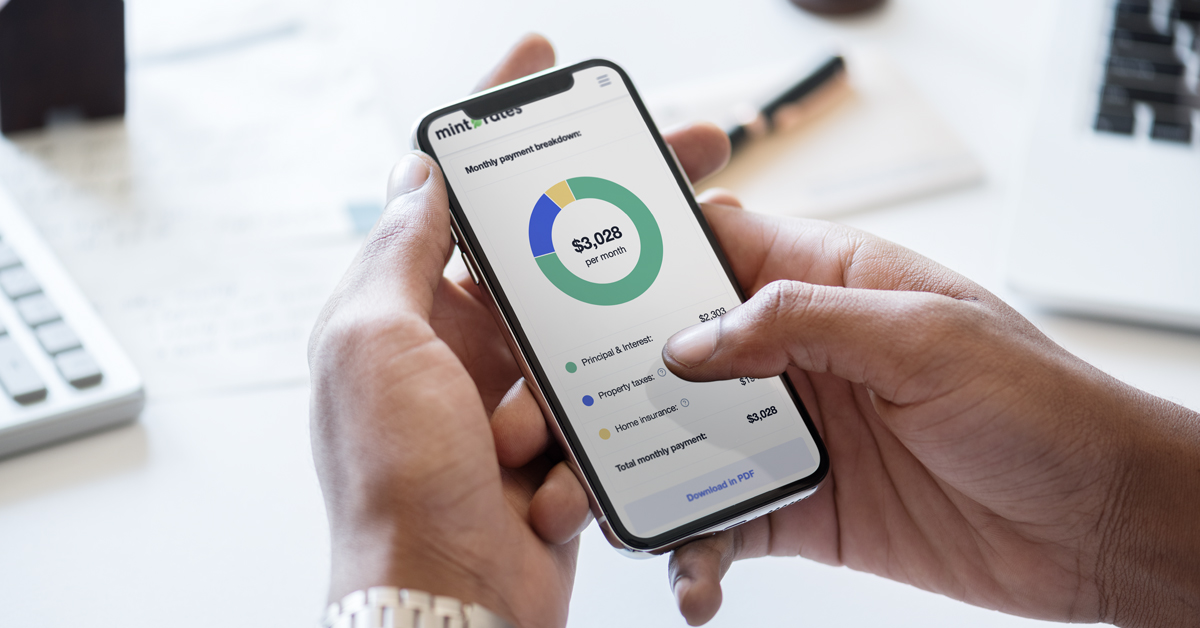
For individuals looking to buy a home in 2023, an FHA mortgage can be an attractive option.
The FHA (Federal Housing Administration) loan is a type of mortgage loan that is insured by the Federal Housing Administration. This means that if the borrower defaults on the loan, the FHA will pay the lender for the loss.
The FHA loan is designed to help people who might not otherwise be able to qualify for a traditional mortgage, such as first-time homebuyers or those with lower credit scores. The loan has more lenient credit score requirements and a lower down payment requirement than traditional mortgages, making it more accessible to those who might not have a lot of savings or an established credit history.
FHA loans are available through approved lenders and can be used to purchase a single-family home, a multi-family home (up to four units), a condominium, or a manufactured home. However, there are limits on how much you can borrow, which vary depending on where you live.
It’s important to note that while the FHA loan is designed to help make homeownership more accessible, it’s still a loan that requires repayment with interest, so it’s important to carefully consider your financial situation before applying for one.
The Federal Housing Administration (FHA) provides mortgage insurance, making it easier for borrowers to secure loans with more flexible requirements. In this article, we’ll walk you through the steps of obtaining an FHA mortgage in 2023.
- Understand FHA Loan Requirements:
The first step is to familiarize yourself with the requirements for an FHA mortgage. While FHA loans are known for their flexibility, certain criteria must be met. These include a minimum credit score, a steady employment history, and a manageable debt-to-income ratio. Being aware of these prerequisites will help you determine your eligibility and plan accordingly.
Learn about FHA loan requirements - Check Your Credit Score: Before applying for an FHA mortgage, it’s crucial to review your credit score. While FHA loans typically have more lenient credit requirements than traditional mortgages, having a higher credit score can still benefit you in terms of interest rates and loan terms. Take the time to improve your credit score if necessary by paying bills on time, reducing debts, and disputing any errors on your credit report.
- Gather Financial Documents:
To complete the loan application process smoothly, gather the necessary financial documents. These may include:
- Pay stubs: Provide recent pay stubs to demonstrate your income stability.
- Tax returns: Submit the last two years’ tax returns, including all schedules and forms.
- Bank statements: Present bank statements from the past few months to verify your savings and account activity.
- Employment history: Maintain a record of your employment history, including the names and contact details of previous employers.
- Research FHA-Approved Lenders: Next, research and identify FHA-approved lenders. These lenders are authorized to provide FHA loans, ensuring that you’ll have access to the appropriate loan programs. Compare interest rates, fees, and customer reviews to select a lender that aligns with your financial goals and preferences.
Find FHA-approved lenders in your State - Get Pre-approved: Obtaining pre-approval for an FHA mortgage can strengthen your position as a buyer. Pre-approval involves a lender reviewing your financial information and determining the loan amount for which you qualify. It gives you a clear understanding of your budget and enhances your credibility as a serious buyer when making offers on properties.
Verify FHA eligibility online - Begin House Hunting: With pre-approval in hand, you can confidently start searching for your dream home. Take advantage of real estate listings, work with a real estate agent, and attend open houses. Remember to focus on properties within your pre-approved price range to ensure a smooth financing process.
- Complete the FHA Loan Application: Once you’ve found your desired property, it’s time to complete the FHA loan application. The lender will guide you through this process, collecting the required documents, reviewing your financial information, and assessing the property’s eligibility for FHA financing.
- Underwriting and Loan Approval: After submitting your application, the lender will conduct underwriting, which involves verifying your information and assessing the risk associated with lending to you. They will evaluate the property’s appraisal and ensure it meets FHA guidelines. If everything aligns, you’ll receive loan approval.
- Closing the Loan: During the closing process, you’ll sign the loan documents and pay any applicable closing costs. These costs typically include fees for appraisal, title insurance, and loan origination. Be sure to review all the paperwork carefully before signing.
Calculate FHA Loan Closing Cost
Obtaining an FHA mortgage in 2023 can be a great way to achieve homeownership. By understanding the requirements, preparing your finances, and working with an FHA-approved lender, you can navigate the process successfully. Remember to stay informed, be diligent, and seek professional guidance when needed.
Helpful links







